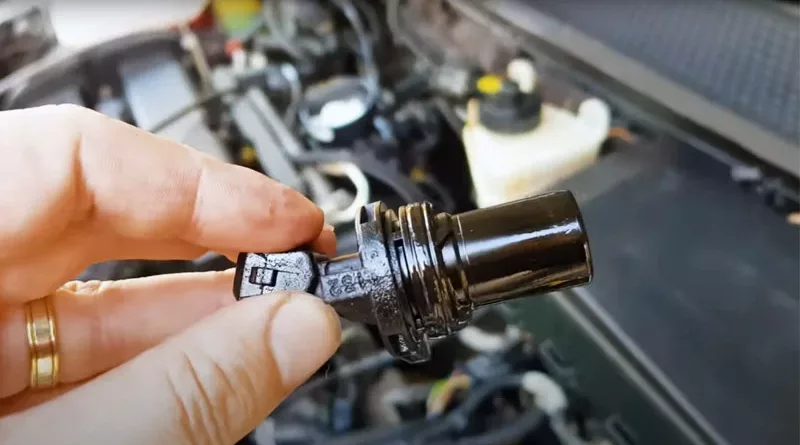Camshaft Position Sensor | SuncentAuto
The camshaft position sensor is a crucial component in modern automobile engines that helps ensure proper fuel injection and ignition timing. It is an electronic device that monitors the position of the camshaft, which controls the opening and closing of the engine’s valves. The information from the sensor is sent to the engine control module (ECM) and used to adjust the engine’s timing and fuel injection. This article will provide a comprehensive overview of the camshaft position sensor, its functions, and how it works.
The function of the Camshaft Position Sensor:
The main function of the camshaft position sensor is to provide the ECM with information about the position of the camshaft. The ECM uses this information to determine the engine’s timing and fuel injection. The sensor is located near the camshaft and works by using a magnetic field to detect the position of the camshaft.
Improve your engine performance with camshaft position sensors that is responsible for determining the engine’s timing, which is critical for proper engine performance. If the timing is off, it can cause the engine to misfire, resulting in poor fuel efficiency, reduced engine power, and increased emissions. The sensor also helps the ECM adjust the fuel injection, which affects the engine’s air/fuel ratio. This ensures that the engine is running at optimal efficiency and reduces harmful emissions.
How the Camshaft Position Sensor Works:
The camshaft position sensor works by using a magnetic field to detect the position of the camshaft. The sensor is typically mounted near the camshaft, and it uses a small magnet to create a magnetic field. As the camshaft rotates, it disrupts the magnetic field, creating a voltage signal that is sent to the ECM.
There are two types of camshaft position sensors: hall effect and inductive. Hall effect sensors use a magnetic field to detect the position of the camshaft. In contrast, inductive sensors use a coil to generate an electrical signal based on the position of the camshaft.
Hall Effect Camshaft Position Sensor:
The hall effect camshaft position sensor consists of a magnet and a semiconductor. The magnet is mounted on the camshaft, and the semiconductor is mounted near the magnet. As the camshaft rotates, it creates a magnetic field that disrupts the semiconductor. This disruption creates a voltage signal that is sent to the ECM. The ECM uses this signal to adjust the engine’s timing and fuel injection.
Inductive Camshaft Position Sensor:
The inductive camshaft position sensor consists of a coil and a magnet. The magnet is mounted on the camshaft, and the coil is mounted near the magnet. As the camshaft rotates, it creates a magnetic field that passes through the coil. This creates an electrical signal that is sent to the ECM. The ECM uses this signal to adjust the engine’s timing and fuel injection. SuncentAuto is your online shop for auto parts and accessories in the automotive aftermarket.
Symptoms of a Failing Camshaft Position Sensor:
A failing camshaft position sensor can cause several symptoms, including:
Check Engine Light: If the camshaft position sensor fails, it can trigger the check engine light. This is because the ECM relies on the information from the sensor to adjust the engine’s timing and fuel injection.
Engine Misfire: A failing camshaft position sensor can cause the engine to misfire. This is because the sensor helps the ECM adjust the engine’s timing, and a misaligned timing can cause the engine to misfire.
Rough Idling: A failing camshaft position sensor can cause the engine to idle roughly. This is because the sensor helps the ECM adjust the engine’s fuel injection, and a misaligned fuel injection can cause rough idling.

